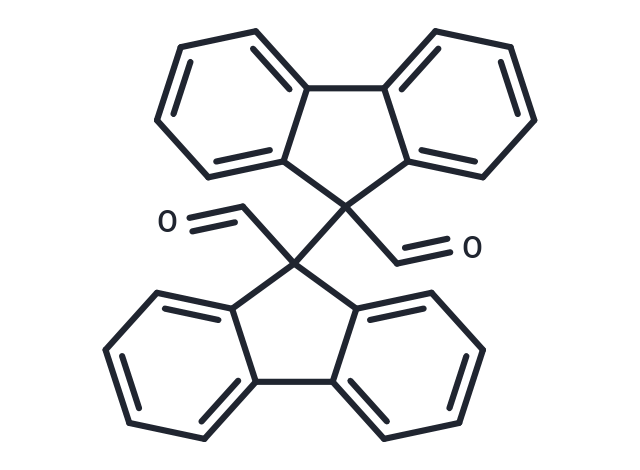Shopping Cart
- Remove All
 Your shopping cart is currently empty
Your shopping cart is currently empty

Raptinal activates caspase-3 directly and initiates intrinsic caspase-dependent apoptosis pathway in multiple cell lines.

| Pack Size | Price | Availability | Quantity |
|---|---|---|---|
| 1 mg | $34 | In Stock | |
| 5 mg | $80 | In Stock | |
| 10 mg | $115 | In Stock | |
| 25 mg | $189 | In Stock | |
| 50 mg | $279 | In Stock | |
| 100 mg | $413 | In Stock | |
| 200 mg | $615 | In Stock | |
| 1 mL x 10 mM (in DMSO) | $89 | In Stock |
| Description | Raptinal activates caspase-3 directly and initiates intrinsic caspase-dependent apoptosis pathway in multiple cell lines. |
| In vitro | In human gastric cancer cell lines AGS, MKN28, and MKN45, Raptinal(10 μM) induces the cleavage of pro-caspase-3 into the active form. Raptinal induces death against various cancer and non-cancerous cell lines (IC50 = 0.7-3.4 μM)[2]. |
| In vivo | In B16-F10 and 4T1 models, intraperitoneal administration of Raptinal (20 mg/kg) exerts anticancer activity. In C57BL/6 mice, intravenous administration of Raptinal (37.5 mg/kg) shows the peak plasma concentration and elimination half-life of 54.40.9 μg/mL and 92.1 minutes, respectively[2]. |
| Molecular Weight | 386.44 |
| Formula | C28H18O2 |
| Cas No. | 1176-09-6 |
| Smiles | O=CC1(c2ccccc2-c2ccccc12)C1(C=O)c2ccccc2-c2ccccc12 |
| Storage | store at low temperature | Powder: -20°C for 3 years | In solvent: -80°C for 1 year | Shipping with blue ice. | |||||||||||||||||||||||||
| Solubility Information | DMSO: 18.0 mg/mL (46.6 mM), Sonication and heating to 60℃ are recommended. | |||||||||||||||||||||||||
Solution Preparation Table | ||||||||||||||||||||||||||
DMSO
| ||||||||||||||||||||||||||

Copyright © 2015-2025 TargetMol Chemicals Inc. All Rights Reserved.